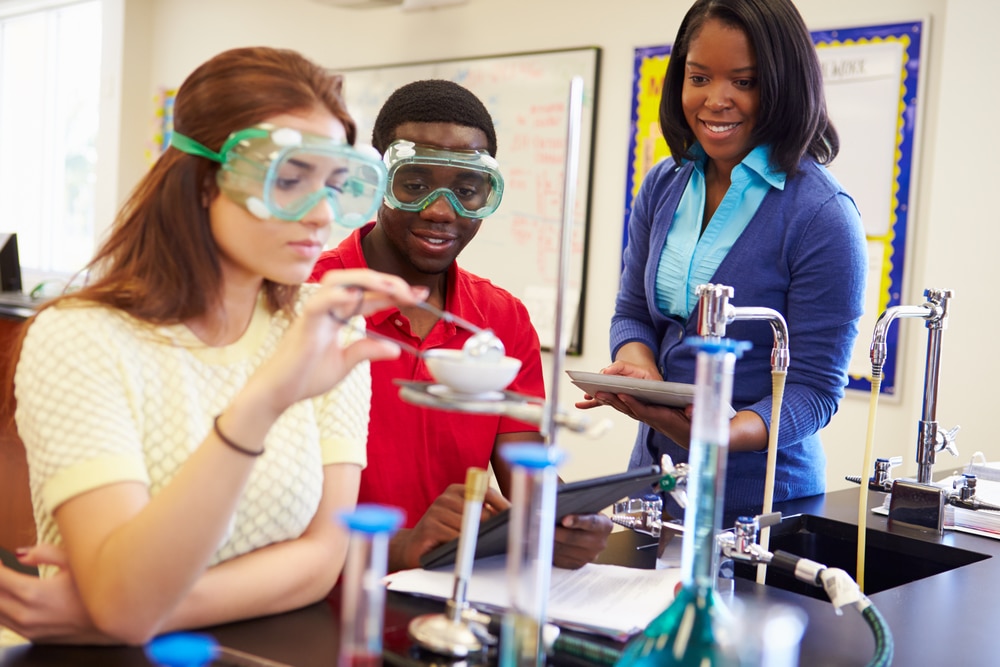What does writing about food for children have in common with an open bottle of Prosecco, a beautiful baguette and a batch of buttercream frosting? It can be woefully flat, stale or just a little too sweet.
Food writers constantly need to find ways to make things new and different for their readers. While there may be a myriad of ways to top pancakes, there are relatively fewer variations on making what goes under the topping. Flour, eggs, milk — the script is familiar and rote. When writing for a young audience there is the additional challenge of understanding the purpose of writing about food and describing the process in ways that avoid the flat, stale and saccharine. Cooking and food literacy can align with what educators and politicians consider the most urgent educational need children have today: mastering STEM.
An acronym encompassing Science, Technology, Engineering and Math, STEM is currently in the spotlight, an effort to draw together knowledge and skills from all four disciplines. In the elementary school classroom, cooking can demonstrate concepts integral to early STEM education. Like nursery school sand and water tables that connect the relationship between play and learning, cooking can be a deliberate and complex way to extend children’s natural curiosity. Cooking is accessible, relatable and memorable, and, most importantly, continues in the home on a regular basis. This makes cooking a wonderful vehicle for introducing and illustrating principles of science.
Almost every aspect of modern life intersects somehow with science. This is especially true when it comes to producing, preparing and eating food. Consider an ingredient as seemingly simple as flour. A farmer growing wheat, who is an expert in agricultural science, relies on meteorologists who study weather and environmental scientists who study everything from soil to climate change to pollution. The wheat is harvested and milled using machines invented and improved by mechanical engineers. The flour is tested by inspectors and food scientists to meet food safety standards, and chemists determine what additives will preserve the flour as it travels from factory to store.
Consider the science involved in baking bread. Knowledge of biology is required to treat the yeast so it ferments correctly. A complex ratio of ingredients is needed for the dough to rise and bake, in an oven powered by electricity or natural gas and on and on and on. Without science, food as we know it would not exist.
Writing about food from a scientific perspective allows authors to submit pieces to a wide variety of publications. Forums for food writers include blogging and the writing of books, articles, and curricula and educational materials. Adopting a science-positive approach to writing about food really does serve to inspire young cooks — who are future microbiologists, chemists, farmers, and teachers. ![]()
